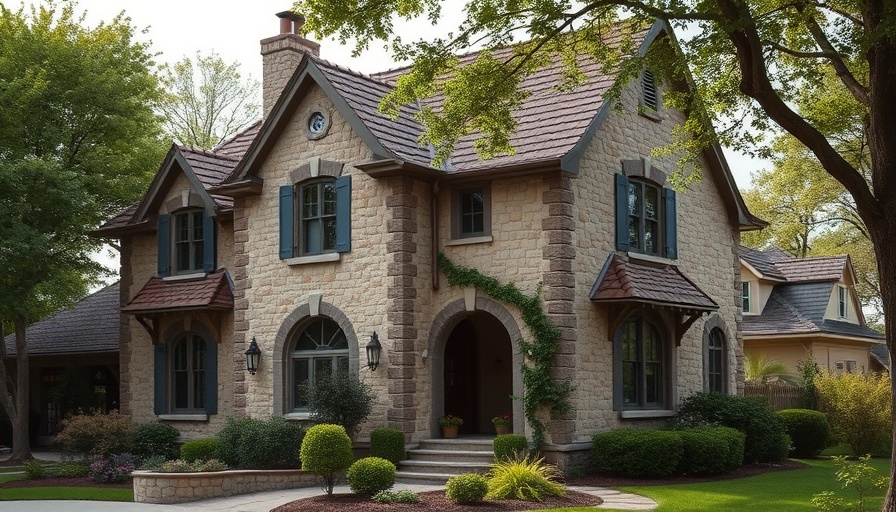
Strengthening Your Home: Why Weatherproofing Matters
With the frequency and intensity of extreme weather events on the rise, homeowners must take proactive steps to protect their properties. The National Oceanic and Atmospheric Administration (NOAA) reports a marked increase in billion-dollar natural disasters, posing not only a threat to structures but also escalating home maintenance costs. Homeowners across the United States face the reality that natural disasters can lead to costly repairs, jeopardizing both safety and financial stability.
Understanding the Impact of Extreme Weather
Homeowners, especially in areas like Florida and California, who have experienced first-hand the madness of hurricanes and wildfires, know just how crucial fortifying their homes can be. From roof damage to flooding, localized storms to wildfires, the elements can test the durability of any structure. As a result, it becomes essential to implement robust weatherproofing measures that not only enhance durability but also promote energy efficiency.
Strategic Upgrades for All Seasons
Incorporating advanced weatherproofing techniques is a calculated investment that yields long-term gains. This includes insulation upgrades, which serve as a first line of defense against heat and cold. As insulating products have evolved, newer materials such as spray foam and cellulose mimic the natural insulating properties while sealing gaps that lead to drafts. Regular maintenance is just as crucial—ensuring caulking and weather stripping are attended to prevents air leaks that elevate energy bills.
Weatherproofing Techniques for Each Climate
Severe Storm Preparedness
Severe storms are an ever-present threat. Homeowners can prepare by securing outdoor items and trimming tree branches that might damage roofs. These small actions can mitigate significant damage during a storm.
Heat Management Strategies
Increased temperatures wreak havoc on homes. Strategies that revolve around shading can help, such as using reflective window films or installing retractable awnings. These upgrades effectively block sunlight, maintaining an optimal indoor climate.
Cold Weather Precautions
For cold climates, insulating water pipes and ensuring proper heating system maintenance can prevent costly repairs from frozen pipes or flooding. Setting thermostats correctly is another simple yet effective way of maintaining resistance to the cold.
The Financial Benefits of Weatherproofing
While the initial costs of upgrading may seem burdensome, weatherproofing your home can significantly reduce long-term expenses related to repairs and energy bills. With the potential for multi-thousand dollar outages following storms, investing in durability makes financial sense.
Call to Action: Join the Movement to Weatherproof
It’s time to strengthen your home against the forces of nature. Consult with a certified contractor to understand your home’s unique vulnerabilities and to develop a personalized weatherproofing strategy. Make the upgrades now to ensure your home remains a secure haven, no matter what weather comes your way!
Conclusion
In a world increasingly affected by climate change, home resilience has never been more paramount. With strategic weatherproofing measures, you can safeguard your home from damages and improve energy efficiency. Be proactive and ensure your home remains a stronghold against the unpredictable forces of nature.
 Add Row
Add Row  Add
Add 


Write A Comment